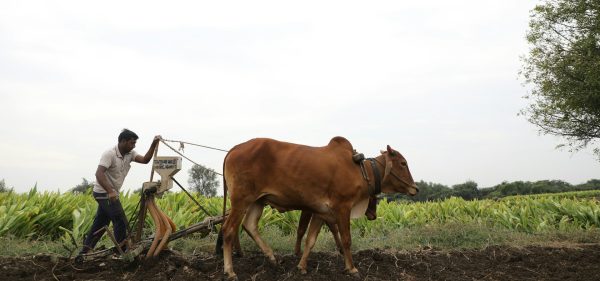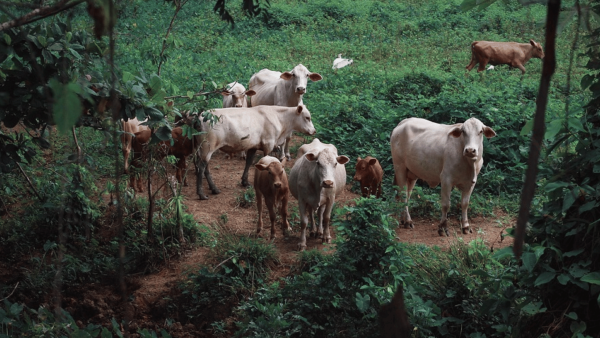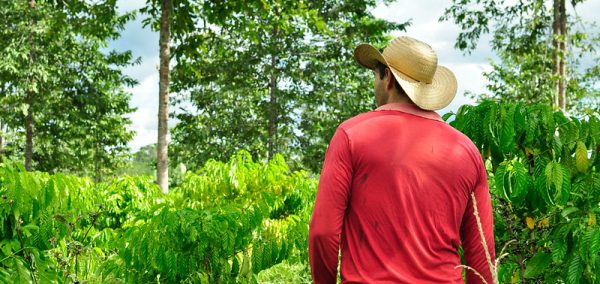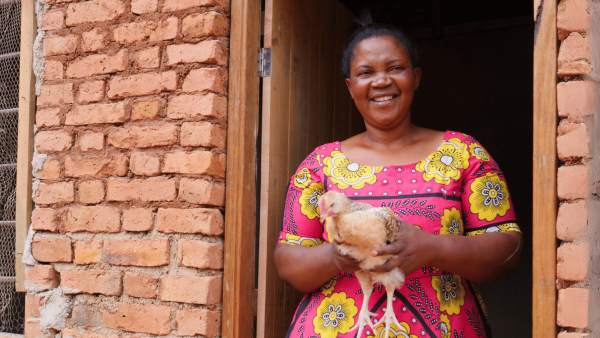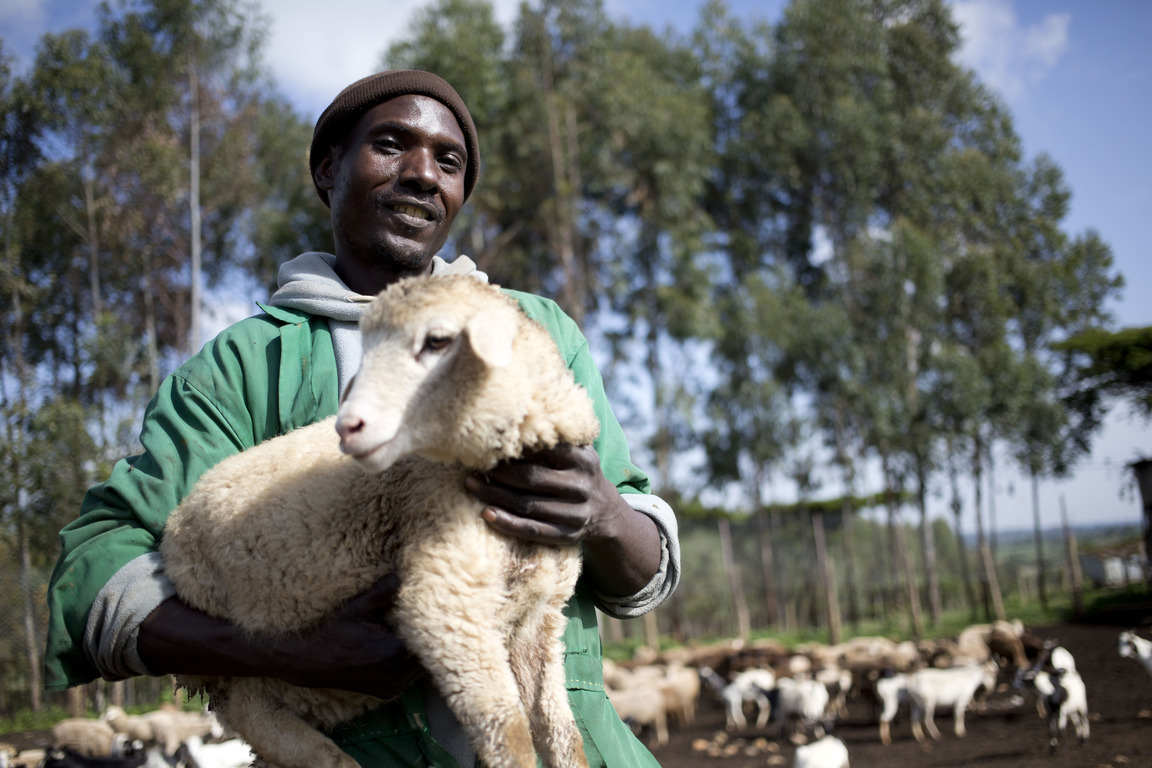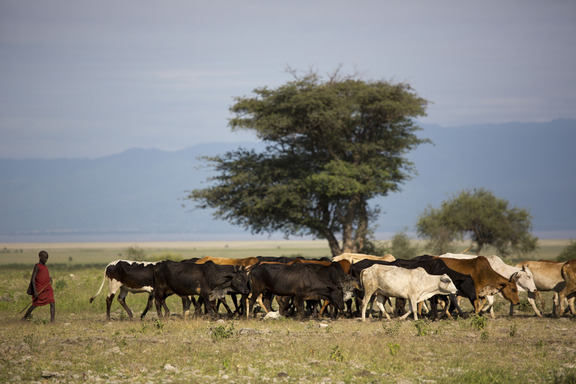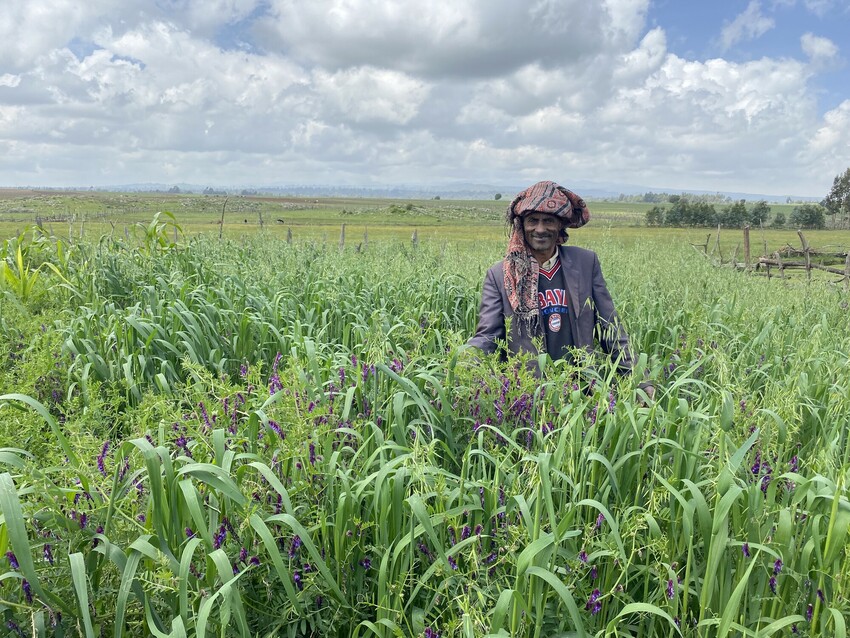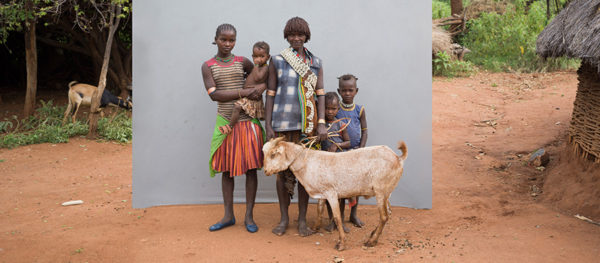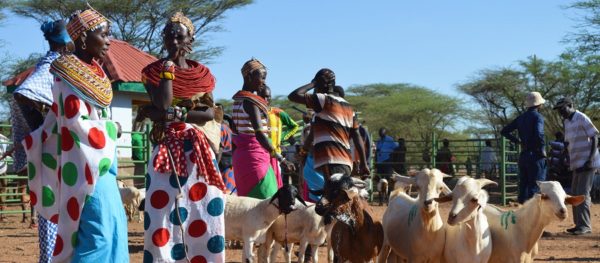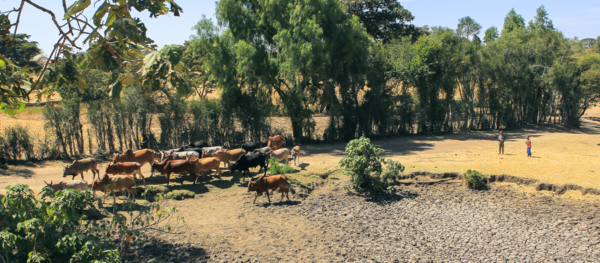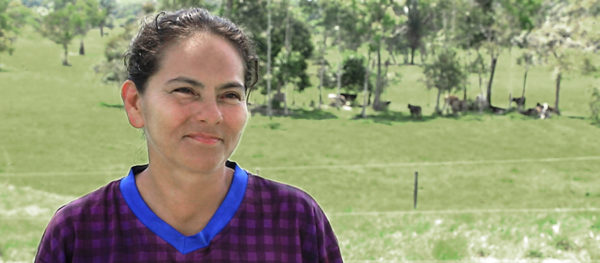Tag: livestock

How Digital Innovation Will Unlock the Potential of Africa’s Livestock Producers
Africa & Middle East: New animal health platforms are being developed to unleash the commercial potential of livestock producers in Sub-Saharan Africa.
Read MoreSeven Food and Agriculture Innovations Needed to Protect the Climate and Feed a Rapidly Growing World
Global: Global agriculture and food supply are facing disruptions from extreme weather but seven priority innovations can help curb food insecurity.
Read MoreStudy Reveals Farmer Knowledge on Antibiotics Risks
Africa & Middle East: A CABI-led study has discovered livestock farmers in Kenya have considerable knowledge of the different aspects of antibiotics risks – including antimicrobial resistance.
Read MoreDeforestation: A Brazilian Farm’s Success Story Protecting the Forest
Latin America & the Caribbean: A multi-generation family business in Brazil is adopting sustainable intensification to protect the lands against deforestation.
Read MoreWhy Africa’s Livestock Intensification Cannot Leave Women Behind
Africa & Middle East: GALVMed experts highlight initiatives to ensure gender-equitable livestock intensification for women livestock keepers.
Read MoreIt Pays to Invest in Animal Welfare
Global: Investing in animal welfare fosters prosperous and sustainable animal health markets for smallholder farmers around the world.
Read MoreIt’s Time to Celebrate the Climate Benefits of Livestock Health
Africa & Middle East: Livestock farming, and in particular improving livestock health through vaccination, has positive climate and environmental impacts.
Read MoreFive Steps to Reducing Livestock’s Impact on the Environment
Africa & Middle East: Farm Africa Chief Executive Dan Collison unpacks the ways livestock can benefit the environment, livelihoods and more.
Read MoreHow Livestock are Improving Women’s Livelihoods in Eastern Africa
Africa & Middle East: The Livestock for Livelihoods project is empowering pastoralist women in rural Uganda and Ethiopia to earn their own incomes and better support their families.
Read MorePastoralists are Defying Kenya’s Droughts with the Help of Big Data
: Satellite imagery, SMS weather services and livestock insurance are making herders more resilient in the face of climate change.
Read MoreFodder for the Future: Enhancing Pastoralism in Ethiopia’s Lower Valley of the Omo
Africa & Middle East: A temporary solution to drought has inadvertently identified a sustainable solution to supporting pastoralism in Ethiopia, Glen Engel-Cox of iDE tells Farming First.
Read MoreSustainable Pasture Practices Double Milk Production in Colombia
Latin America & the Caribbean: Adopting environmentally-friendly pasture management methods can help female dairy farmers to unlock a dormant cattle industry.
Read More
